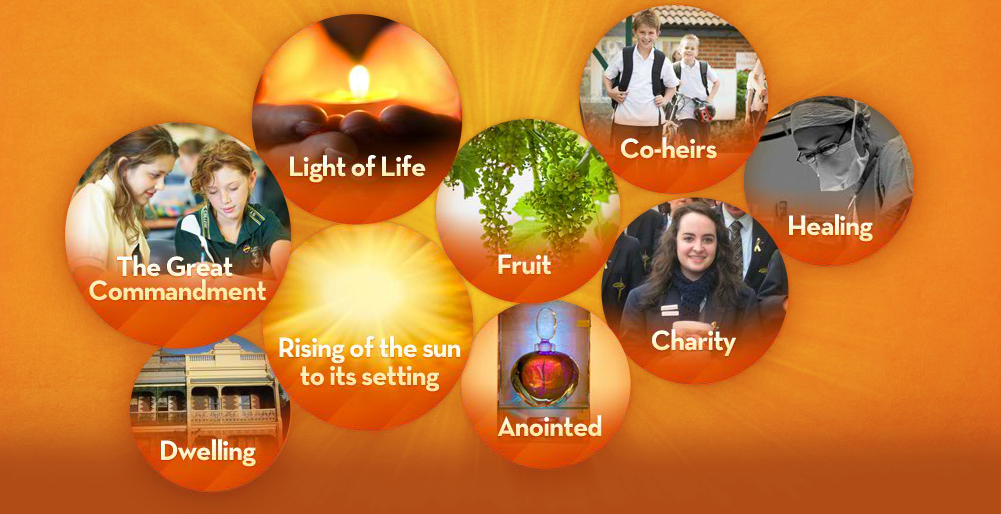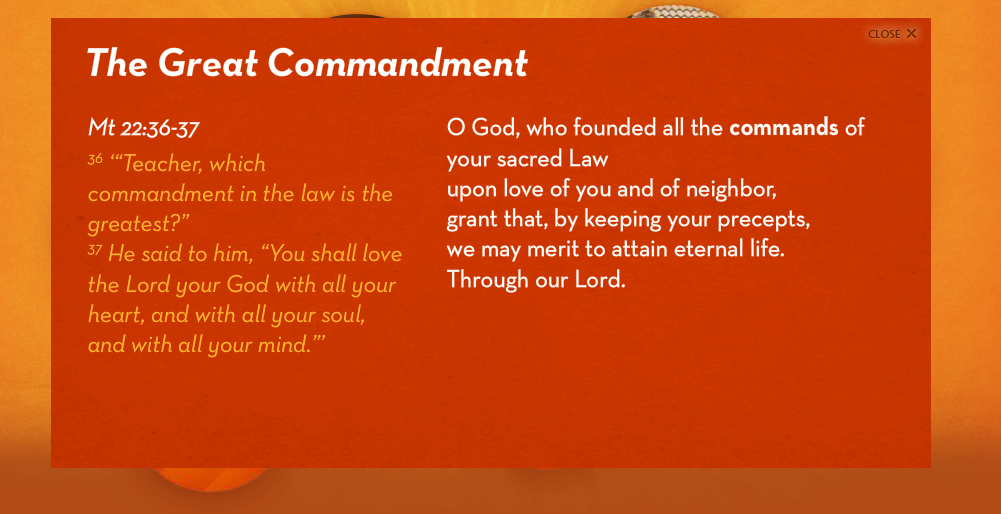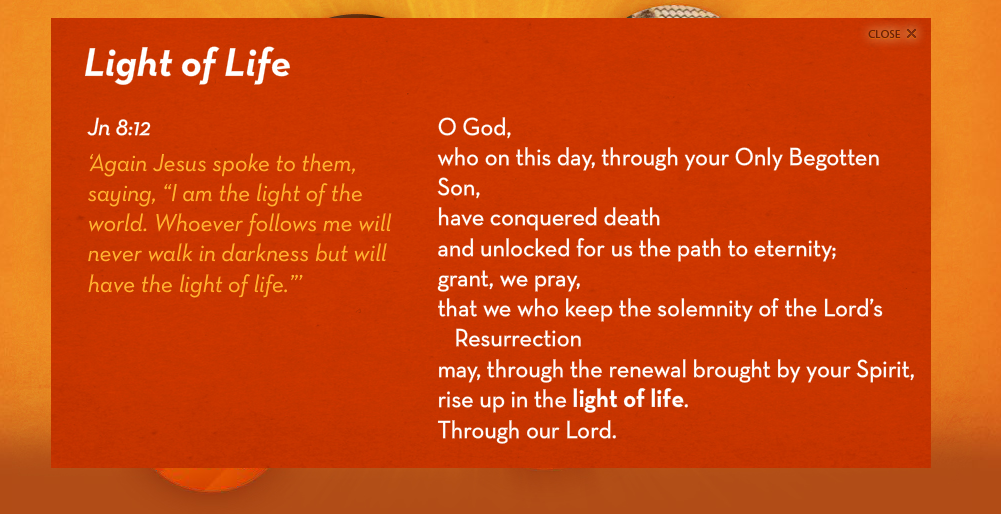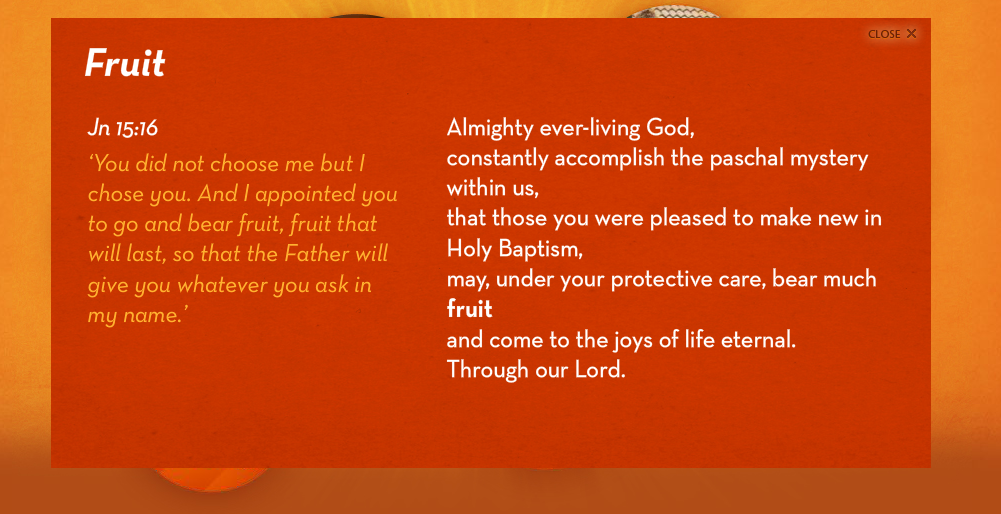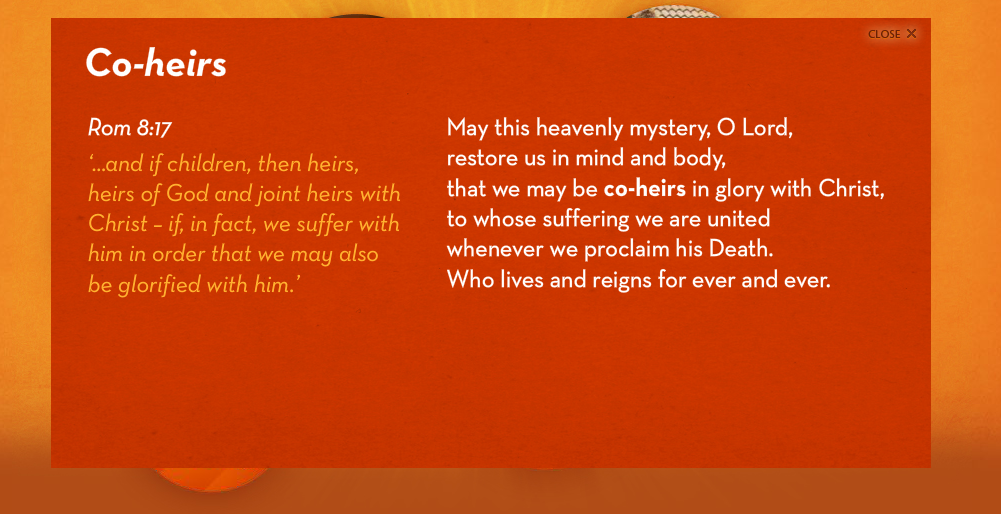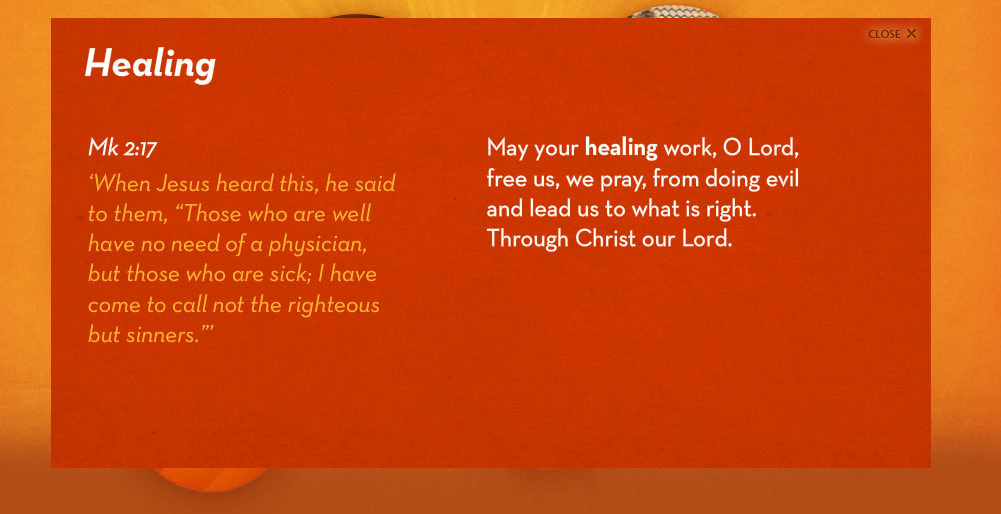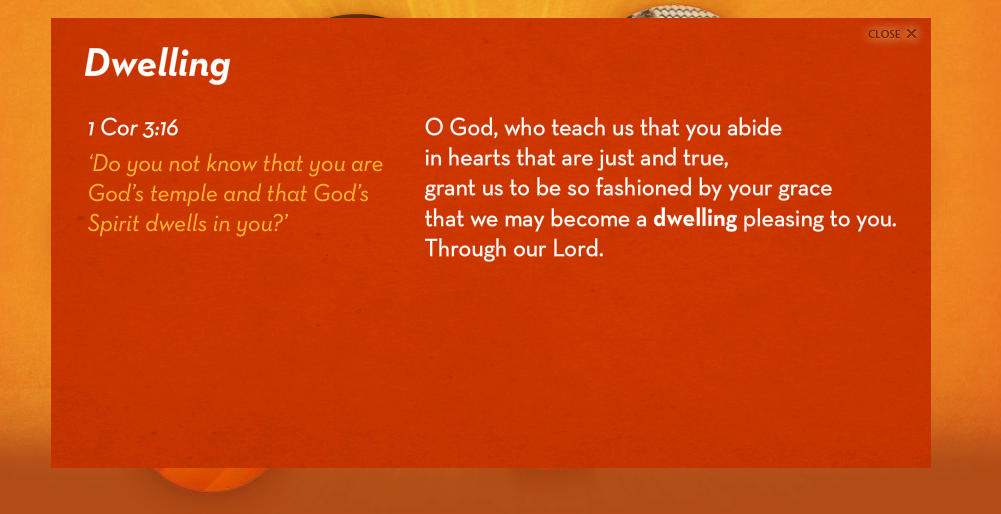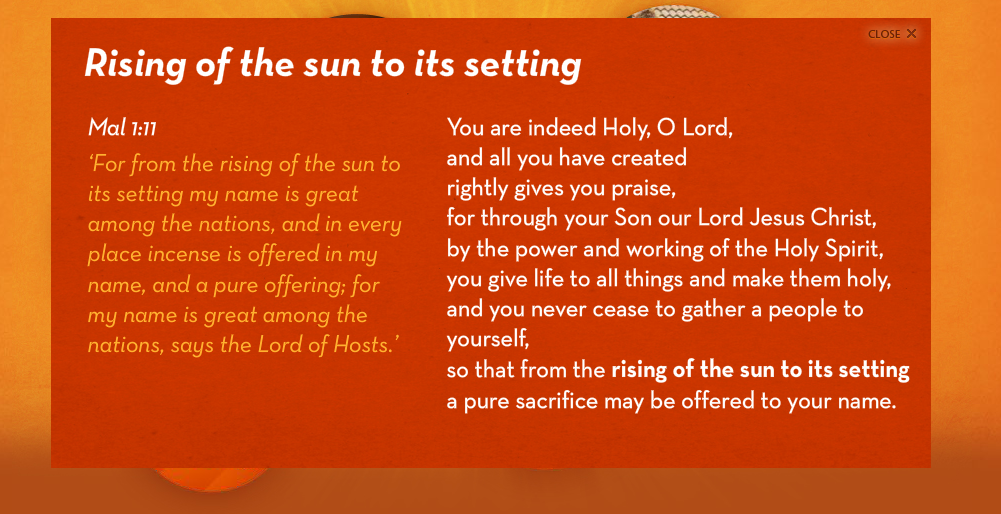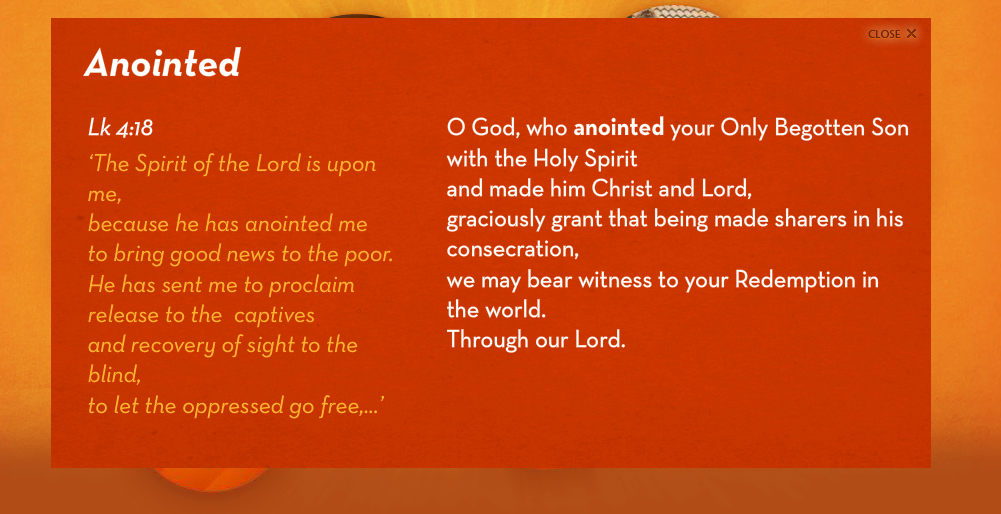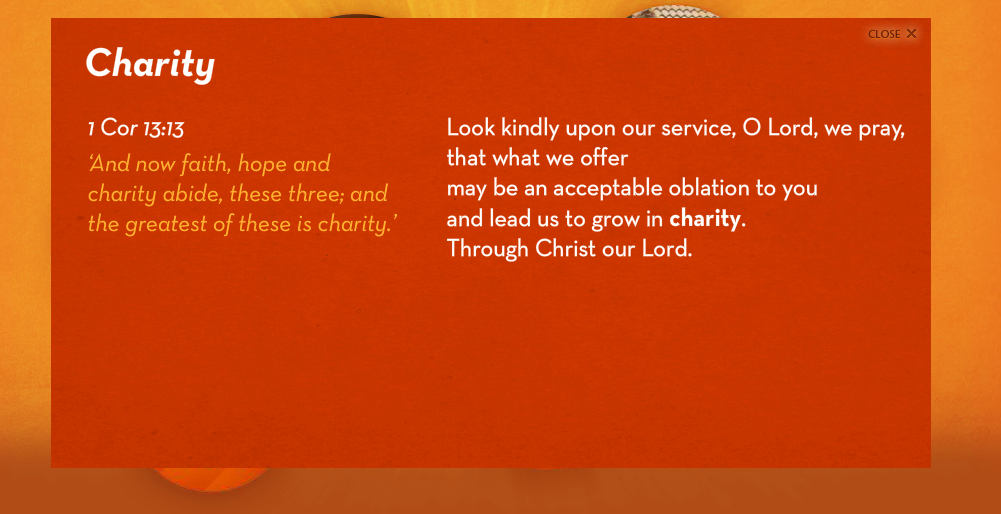The Second Vatican Council proposed that the Bible was to be central to our spirituality, to our way of thinking. Thus the Holy Scripture is proclaimed at every liturgical celebration.
Many of the prayers we find in the Missal are also informed by Sacred Scripture and words, phrases and allusions are to be found in many of the Latin prayers. In the new translation theses Scriptural references are more pronounced and recognisable. But it is not just the words of the Sacred Scripture, it is also words and phrases from the Fathers of the Church. And there is a richness there that will challenge us to take time to look at the texts and study them.
This provides another catechetical opportunity, in the sense that we should see the new translation as a source of enriching our understanding of the Faith.
When we look at the words of scripture we come to realise that it is not just a proclamation of a reading, but it is the actualisation of the Word within the liturgical community. The Word that is proclaimed is really the Word that Christ is speaking to us.
There is a definite continuity between the Liturgy of the Word and the Liturgy of the Eucharist; the Word that is voiced by the lector, is then the word that becomes present to us within Holy Communion, and the Word we bring out to the world in the form of Good News.
This translation is a profoundly Biblical gesture in the life of the Church; the recovery of the Word of God in the content of the prayers will enrich our liturgical celebrations.
For Reflection and Discussion
1
Who are the Fathers of the Church? Research the life of one of these Church figures and explain why that person was given the title ‘Father of the Church’.
2
Describe the process of translation.
3
What do Sacred Scripture and Sacred Tradition have in common?
4
What do we gain from this new translation?

